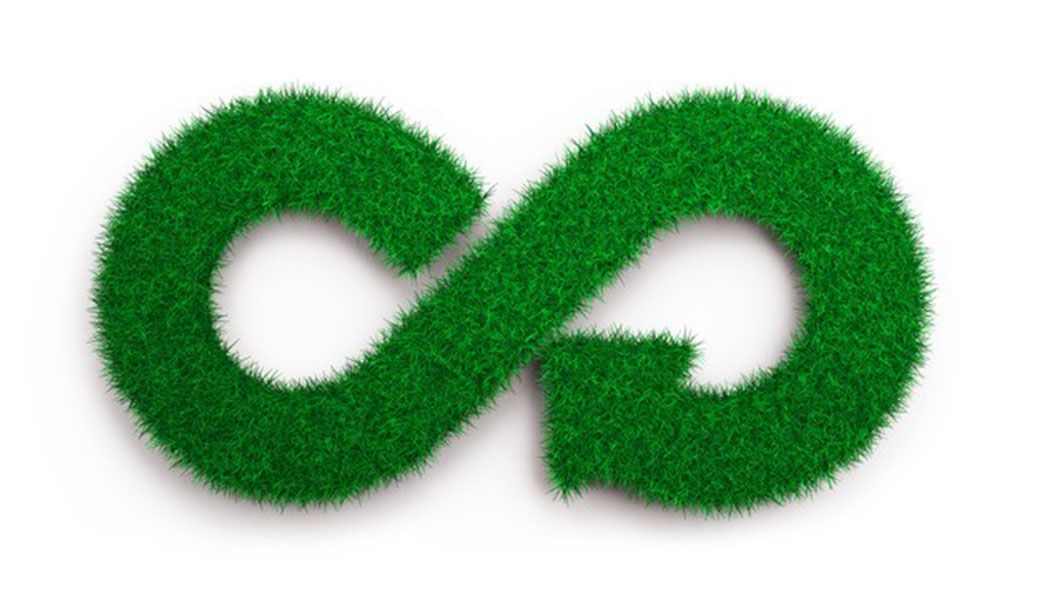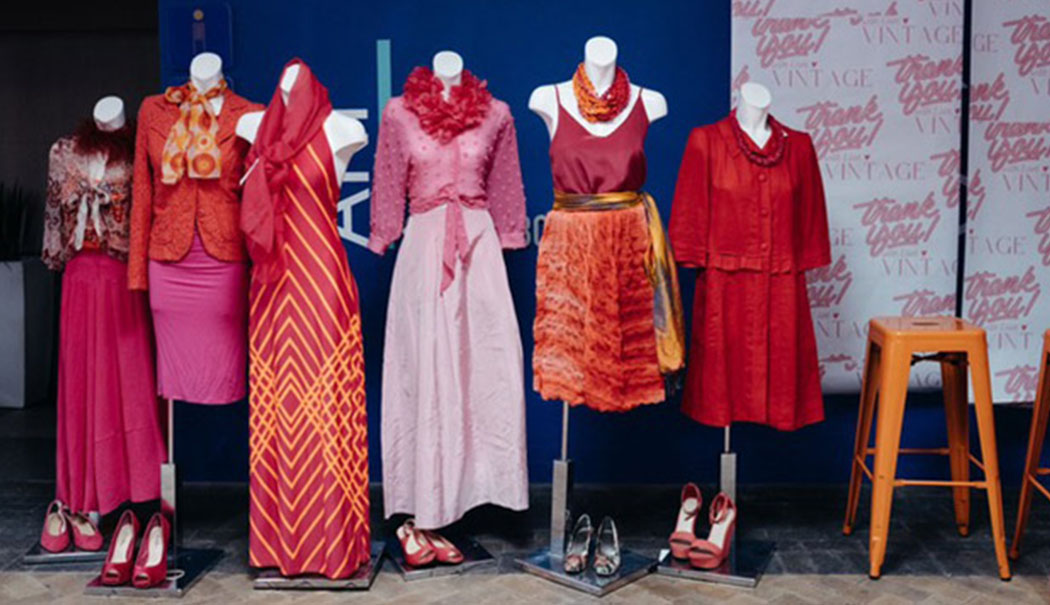Every business should commit to a circular economy

Historically, issues around sustainability have been the concern of large corporates, but there’s been a shift, specifically since the Covid-19 pandemic, to form part of small business agendas.
tated that “the world’s experience propelled business leaders to reposition their companies toward the circular economy”.
Modern businesses are recognising the role they need to play in using resources efficiently for reuse and recycling, thereby closing the loop, i.e., resources enter the system and never leave.
Textile waste (clothing, fabric) has followed a linear economy (i.e., take, make, dispose of), becoming a major contributor to landfills. It accounts for ±6% of the total landfill in South Africa. And only 13% of textiles are recycled, with less than 1% recycled back into clothing.
According to Earth.org, “Of the 100 billion garments produced each year, 92 million tonnes end up in landfills. To put things in perspective, this means that the equivalent of a rubbish truck full of clothes ends up on landfill sites every second.”
Consumers more concerned about the environment
Consumers are becoming more aware, knowledgeable and informed. They’re making conscious decisions about what they’re buying and who they’re buying from — and calling out brands or companies that don’t have sustainable practices.
A shopping habits and sustainability study by Accenture released in 2022 found that more consumers (64%) are concerned about the environment than they are about their own financial situation (54%), their health (40%), or the health of others (47%). Moreover, consumers are willing to pay more for innovative sustainable solutions.
Dubbed ‘the rise of re-commerce’, the fashion industry has seen an exponential increase in thrifting, pre-loved or secondhand shops. In 2021, Bizcommunity published that “the fast fashion industry expects to see a 20% increase over the next 10 years, while the pre-loved market has a projected growth of about 185%”.
These are stats and consumer mindset shifts that businesses can no longer ignore. Consumer demand for sustainability (social responsibility) drives competitive advantage.
In a recently published PWC report, key macro trends were unpacked with the resultant business implications;
- Heightened brand transparency has led to expectations for environmentally-conscious and socially-responsible businesses. Consumers expect sustainable solutions for the products they buy. Many industry startups/disruptors are looking for gaps to meet these expectations better or quicker.
- Innovative technologies are, in some instances, extending product lifecycles, so materials are used for longer. Businesses that take advantage of this will gain ground with consumers.
- Resource scarcity and volatility (in light of supply chain challenges, climate change disasters, political factors, etc.) have forced some businesses to source alternatives, which include existing or obsolete products. Alternatives may be lucrative.
The Circular Economy Handbook outlines five circular economy business models:
- Circular inputs – production process uses renewable, recycled or highly recyclable materials to enable partial or total waste and pollution elimination. Waste, therefore, becomes an asset.
- Sharing economy – repurposing or sharing idle assets so they no longer need to be bought or rented from traditional suppliers, gaining maximum utilisation.
- Product as a service – encourages the buying of services for a limited period while the provider owns and services the product to ensure maintenance, durability, upgrade and treatment at the end of its use.
- Product use extension – products are designed for repair, reuse, reconditioning, upgrades, disassembly, and recyclability of all their parts.
- Resource recovery – encourages or incentivises end-users to return the old original product to be refurbished, resold, or recycled its parts.
Businesses need to adopt a circular economy strategy to remain competitive. And there are several benefits for those that invest time and effort into it. McKinsey highlights five ways environmental compliance (along with social and governance propositions, ESG) can create value for businesses. These include:
- Top-line growth driving consumer preference.
- Cost-saving, particularly in terms of operating expenses/raw materials.
- Diminished regulatory and legal interference.
- Purposeful employee engagement and productivity.
- Enhanced investment and asset returns.
The appeal of the circular economy is the obvious benefit of positively impacting the environment by being smart with resources and cutting out waste. In addition, it creates clear value for business longevity and its bottom line by meeting consumer expectations. And it fosters innovation and industry advancement for the betterment of all.




